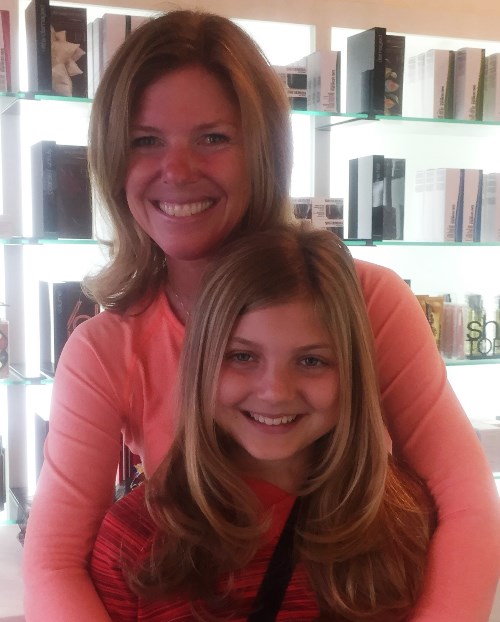Living with an Artificial Pancreas
The type 1 diabetes (T1D) community recently reached a major breakthrough with the FDA’s approval of the Medtronic MiniMed 670G – the first hybrid closed loop system or “artificial pancreas.” The system is the first ever approved to automate the dosing of insulin to reduce high blood sugar levels. Jamie Kurtzig, age 12, participated in a clinical trial for this system with Stanford University in the summer of 2016. She and her mother Sara Kurtzig share their perspective on living with an artificial pancreas:

Mom: We heard about this study in the spring when Stanford University was recruiting and we immediately applied – our first time in our decade with T1D of applying! For this particular study, they were looking for 12 kids between the ages of 7 and 12 who would be able to fit the timing and study requirements. For example, you had to have blood work in acceptable ranges to qualify and you had to be able to do the one-week “hospital stay” during an exact week in Palo Alto. We almost were not accepted due to some of our travelling this summer, but we re-arranged things to make it all work out – that’s how much we wanted to be in this study!
We have been using the device since June 2016 and it has been life-changing for my husband and me. We get way more sleep these days with the 670G than we did before. It is basically a basal rate modulator that does an incredible job during the overnight time period for kids with T1D. Before the 670G, Jamie’s blood sugar levels would fluctuate even after her bedtime, depending on her sports that day or stress level or dinner or whatever. Now, if we can get her in the 100s by our grown up bed time, we can sleep 7 – 8 hours in a row with no worry or waking every night! This is huge for us! We used to have to get up and check and adjust basal rates or do whatever action to stabilize her overnight. Now, the pump does this for us. It is not fool proof. The alarms can be annoying, but there are options to silence them. There are lots of safety functions built in so I see this as a plus overall.
We took a 5 day break from the system over Thanksgiving. We slept terribly and Jamie was up and down. We could hardly wait to get home and get back to our coveted sleeping! In my opinion, in our decade plus of T1D management, the widespread use of the pumps and then the Dexcom G5 have been the 2 biggest and most helpful tech advances – and now we can add the 670G to this shortlist.
We are delighted to be in the continuation study now which lasts a year or until the product is commercially available for Jamie’s age group. Thank you to all who are working so hard on these mechanical tools to help our kids and ourselves manage!
Jamie: Have you ever wondered what it would be like to wake up at 120 and see that you were there, within range, all night long? Well, the Medtronic MiniMed 670G does just that for me. I think that the artificial pancreas is really useful and a giant step forward while we wait for a cure for T1D. The closed-loop system can keep me flat all night if we can start the night in range – or in “One-derland” – anywhere in the 100s. If I go to bed at a number like 120 and I have little active insulin, then I will wake up at a number within 20 points of this. That is pretty incredible! However, there are some challenges – it can be tricky to get back into auto mode after you have been kicked out. For example, you get kicked out of auto mode when you are too high or too low for too long (over 2 hours), so this is kind of challenging since all of us with T1D are often on the high side or low side for more than 2 hours! But we have found ways to get around this issue.
Although there are some ups and downs of the system, I think it is making great progress. Although it has not drastically improved my life (because my life was pretty good before), it has definitely helped me gain more knowledge about T1D in general, bond with new T1D friends (the “hospital” stay was actually so fun!), and more. Coming out of this clinical trial, I feel more confident managing my T1D. I also think that this experience has helped me become who I am today.
To learn more about the artificial pancreas, click here.